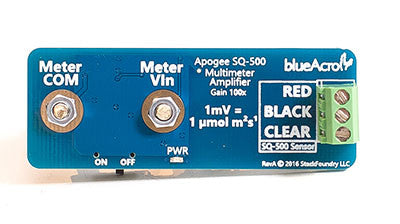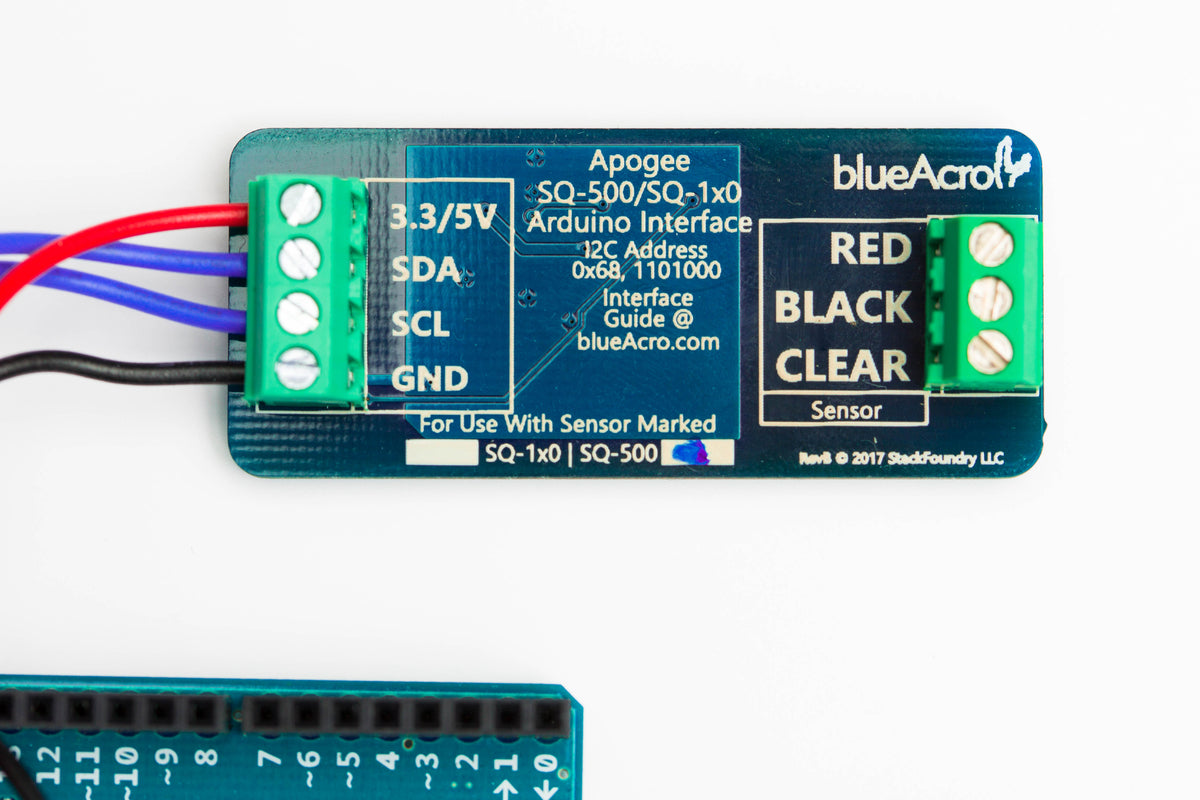I have free access to a lux/fc meter from work. I am trying to utilize that for PPFD (par) measurements, but looking online I am not getting a warm fuzzy feeling that this will work.
Looking online to find a lux/fc to PPFD calculator or conversion factor is proving difficult.
The best I have found so far is here: https://www.waveformlighting.com/horticulture/convert-lux-to-ppfd-online-calculator
The problem is the PAR range selection seems to add some approximation value because I cant "select" an AI prime Par value range. If I put lux at a value of 1000. Here is the values it provides, based on the wavelength selections:
MONOCHROMATIC 450NM LED Blue=

RED + BLUE LED 450NM/650NM LED=

RED + BLUE + WHITE=

Thoughts? Am I out of luck with a free meter?
Looking online to find a lux/fc to PPFD calculator or conversion factor is proving difficult.
The best I have found so far is here: https://www.waveformlighting.com/horticulture/convert-lux-to-ppfd-online-calculator
The problem is the PAR range selection seems to add some approximation value because I cant "select" an AI prime Par value range. If I put lux at a value of 1000. Here is the values it provides, based on the wavelength selections:
MONOCHROMATIC 450NM LED Blue=
RED + BLUE LED 450NM/650NM LED=
RED + BLUE + WHITE=
Thoughts? Am I out of luck with a free meter?
















